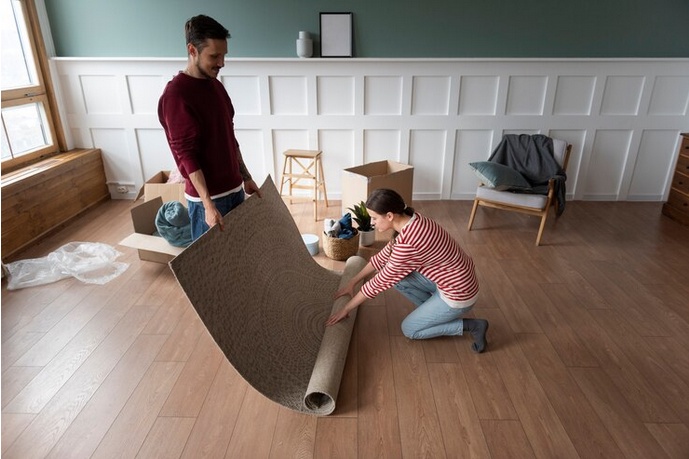In the pursuit of creating a serene and noise-free environment within our homes or workplaces, addressing floor noise is a critical aspect often overlooked. The clatter of footsteps, creaks, and other floor-related sounds can significantly impact the overall comfort of a space. In this comprehensive guide, we will explore the science of floor noise insulation, offering insights into the benefits, effective solutions, and key considerations to master the art of soundproofing your floors.
Understanding the Impact of Floor Noise: The Need for Insulation
Before diving into the solutions, it's essential to understand the implications of floor noise on our daily lives. Whether you live in an apartment building, a suburban home, or work in a commercial space, unwanted noise from the floors above or below can be a persistent nuisance. Footsteps, furniture movement, and other vibrations can travel through the structure, disrupting peace and concentration.
Benefits of Floor Noise Insulation: Beyond Silence
Investing in floor noise insulation goes beyond creating a quiet space; it contributes to several other benefits that enhance the overall quality of life and productivity:
-
Enhanced Privacy: Insulating your floors ensures that conversations and activities remain private, shielding your personal or work-related matters from unintentional eavesdropping.
-
Improved Sleep Quality: For those living in multi-story buildings, a soundproof floor can significantly improve sleep quality by minimizing disturbances caused by activities in adjacent rooms or floors.
-
Increased Property Value: Homes and commercial spaces equipped with effective noise insulation are often more attractive to potential buyers or tenants. A quiet environment is a desirable feature that adds value to any property.
-
Productivity Boost: In office settings, a quiet workspace is conducive to concentration and productivity. By reducing floor noise, businesses can create an environment that fosters focus and efficiency.
Effective Solutions for Floor Noise Insulation: A Practical Approach
Now that we recognize the importance of floor noise insulation, let's explore practical and effective solutions to address this common issue:
-
Carpeting and Rugs: One of the simplest and cost-effective solutions is to add carpets or rugs to your floors. These soft materials absorb sound vibrations, preventing them from echoing through the structure. Additionally, they provide added comfort and aesthetic appeal to your space.
-
Underlayment Installation: Installing underlayment beneath your flooring material can make a significant difference in noise reduction. Underlayment materials, such as cork or rubber, act as a barrier, absorbing impact and minimizing the transmission of sound.
-
Floating Floor Systems: Consider using a floating floor system, where the flooring material is not directly attached to the subfloor. This method creates an additional layer that absorbs sound and prevents vibrations from traveling through the structure.
-
Resilient Channel Installation: For more advanced soundproofing, resilient channels can be installed between the floor and ceiling structures. These channels decouple the floor from the building's framework, reducing the transmission of impact noise.
-
Sealing Gaps and Cracks: Often, sound can travel through small gaps or cracks in the floors. Thoroughly inspect and seal any openings with acoustic sealant to prevent the escape of sound waves.
Key Considerations: Tailoring Solutions to Your Needs
Before embarking on your floor noise insulation journey, consider the following key factors to tailor solutions to your specific needs:
-
Flooring Material: The type of flooring in your space influences the effectiveness of soundproofing solutions. Carpeted floors generally provide better sound absorption than hardwood or tile floors.
-
Budget Constraints: Evaluate your budget and choose solutions that align with your financial constraints. Many effective soundproofing methods are available at varying price points.
-
Building Regulations: Familiarize yourself with local building codes and regulations to ensure that your chosen soundproofing methods comply with safety standards.
-
DIY vs. Professional Installation: Assess your DIY skills and the complexity of the chosen solution. While some methods are suitable for self-installation, more intricate systems may require professional expertise.
Conclusion: A Tranquil Haven Within Reach
In conclusion, soundproofing your floors is a transformative step towards creating a tranquil haven within your living or working space. By understanding the impact of floor noise, embracing effective solutions, and considering key factors, you can master the science of floor noise insulation. The benefits extend beyond mere silence, contributing to enhanced privacy, improved sleep quality, increased property value, and heightened productivity. Take charge of your acoustic environment today and experience the profound difference that a soundproofed floor can make in your daily life.


No comments yet